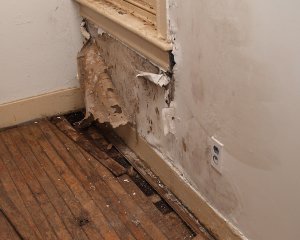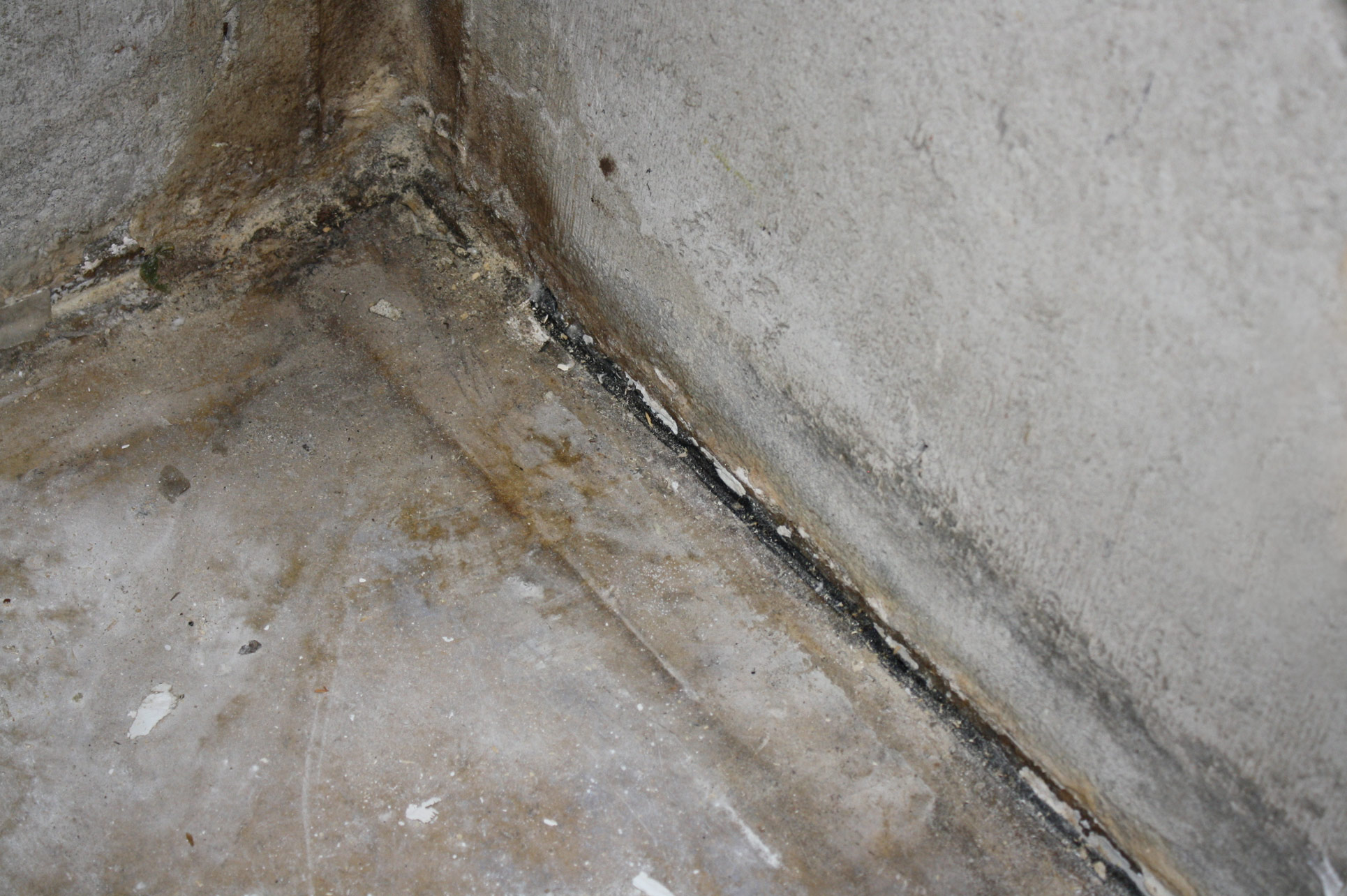Your Home's Most Common Triggers of Leakage: In-Depth Analysis
Your Home's Most Common Triggers of Leakage: In-Depth Analysis
Blog Article
Here down the page you can get some quality news in regards to How Fast Water Damage Can Ruin Your Home.

Leakages not only create waste of water yet can additionally cause unnecessary damage to your house as well as promote unwanted organic growth. Sadly, water leakages could go undetected given that the majority of the pipework in our residence is concealed. By looking as well as recognizing for day-to-day circumstances that trigger leakages, you can safeguard your house from future leaks and unneeded damage. Today, we will consider six leakage causes that might be triggering your pipes to drip.
Elbowing in origins
Most water leaks start outside the residence rather than inside it. You could see wet spots or sinkholes in your backyard, as well as that could imply that tree roots are invading water lines causing water to leak out.
Rusty water systems
As time passes by, your plumbing system ages as well as deterioration such as rust may start gnawing the pipes. This may be the cause of staining or bending on your pipes. This asks for an inspection with your plumber immediately. Consider changing the pipes considering that they are at a greater danger of corrosion than the more recent designs if our plumbing system is old.
Malfunctioning Pipe Joints
The point at which your pipes link is regularly the weakest web link in the waterline. Pipeline joints can deteriorate in time, resulting in water leaks. The majority of pipe joints are not conveniently visible. If you have loud pipelines that make ticking or banging sounds, especially when the hot water is turned on, your pipe joints are possibly under a great deal of stress. It is a good idea to have your plumber evaluate your system yearly.
Immediate temperature changes.
Extreme temperature level adjustments in our pipelines can trigger them to increase and acquire suddenly. This development and contraction may trigger splits in the pipelines, particularly if the temperature level are below freezing. If you maintained an eye on how your plumbing works, it would be best. The presence of the previously stated situations frequently shows a high danger.
Poor Water Connectors
At times, a leakage can be triggered by loosened tubes and pipes that provide your home appliances. In instance of a water connections leak, you may see water running directly from the supply line or pools around your appliances.
Clogged Drains
Clogged drains could be frustrating and inconveniencing, yet they can sometimes wind up triggering an overflow leading to break pipes. Maintain eliminating any type of products that may decrease your drains pipes that could block them to stay clear of such hassles.
All the above are sources of leaks yet not all water leaks arise from plumbing leakages; some leakages may originate from roofing leaks. All leakages need to be repaired immediately to avoid water damage.
Leakages not only cause waste of water however can likewise trigger unneeded damages to your residence and also advertise unwanted natural growth. By recognizing and also looking for daily situations that cause leaks, you can protect your house from future leaks and also unnecessary damages. Today, we will look at six leak causes that may be triggering your pipes to drip.
At times, a leakage can be created by loosened hoses as well as pipelines that provide your devices. In instance of a water links leakage, you may observe water running directly from the supply line or pools around your home appliances.
How To Check For Water Leak In Your Home
How To Check for Leaks
The average household's leaks can account for nearly 10,000 gallons of water wasted every year and ten percent of homes have leaks that waste 90 gallons or more per day. Common types of leaks found in the home are worn toilet flappers, dripping faucets, and other leaking valves. These types of leaks are often easy to fix, requiring only a few tools and hardware that can pay for themselves in water savings. Fixing easily corrected household water leaks can save homeowners about 10 percent on their water bills.
To check for leaks in your home, you first need to determine whether you're wasting water and then identify the source of the leak. Here are some tips for finding leaks:
Take a look at your water usage during a colder month, such as January or February. If a family of four exceeds 12,000 gallons per month, there are serious leaks.
Check your water meter before and after a two-hour period when no water is being used. If the meter changes at all, you probably have a leak.
Identify toilet leaks by placing a drop of food coloring in the toilet tank. If any color shows up in the bowl after 10 minutes, you have a leak. (Be sure to flush immediately after the experiment to avoid staining the tank.)
Examine faucet gaskets and pipe fittings for any water on the outside of the pipe to check for surface leaks.
Undetected water leaks can happen without the home or business owner even realizing. If you suspect a water leak, but not able to find the source. It is time to contact a professional water leak detection service, The Leak Doctor.
How To Find a Water Leak In Your Home
https://www.leakdoctor.com/blog/How-To-Check-For-Water-Leak-In-Your-Home_AE197.html

I recently found that write up on How to detect water leaks in your home when doing a lookup on the search engines. Enjoyed reading our article? Please share it. Let another person locate it. I truly appreciate reading our article about Common Water Leaks In House.
For true quality, dial! Report this page